Bushra Mahmood
Design Manager
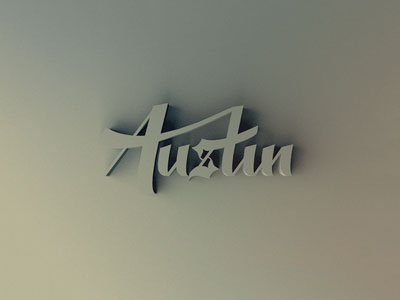
Primary design concentration:
Web and App Design
Most preferred tools for designing:
My Moleskine for all concepts and ideas, Sketch for wireframes, Atom for live prototyping, Cinema 4D—with Adobe Creative Suite—for digital-asset creation
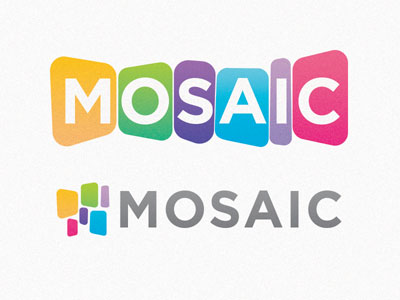
How and why did you choose to become a designer?
I used to be a promoter in the suburbs of Canada. I ran a music festival and threw local punk shows for almost seven years. During this time, I came to rely on myself for all posters and asset creation. I started putting a lot of effort into my shows’ posters, because the better the poster, the more people would pay attention. I learned some pretty important lessons making posters, primarily that content is king. No one would come to a show, if they couldn’t read the dates or names.
I ended up getting a lot of design gigs through these show posters, including the opportunity to brand and create an arts outreach campaign for my hometown.
It should have dawned on me then that becoming a designer was a natural path for me, but I chose to stray a bit, and got into film and post-production. I started working on a documentary on the local music scene and worked at an agency as a motion graphics artist. It’s at this agency that I learned a lot of the tools that helped transition me into designing for the web. I went from working with 3D models of phones to the actual interface design and eventually app design.
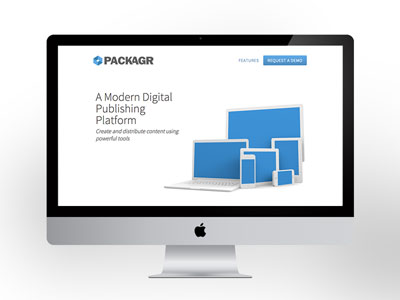
What are some of the challenges you encounter as a designer and how do you deal with them?
I struggled with my identity as a designer for a very long time. I was afraid to call myself one, because I felt like I was an impostor. I failed to celebrate or appreciate my accomplishments, and I let impossible standards get in the way of pushing work out.
Dribbble was a really important tool in establishing my identity. All of a sudden, there was this platform that allowed me to post work (sample “Pacakagr App” above) that was incomplete and rough. I had designers I admired giving me support for ideas and concepts I would have normally thrown away. I can’t stress how important it is to have an environment that nurtures and supports your ability to create.
What is your definition of an “elegant solution,” that is, good design?
I think the word “elegant” carries too much baggage with it. To me, good design is a thoughtful solution that explains a complex idea in the simplest form possible. Sometimes the answer to a problem is not glossy. It can be boring, but it needs to completely solve a problem. Attention to detail is also very important—it’s what makes us good at our jobs.
I think Mike Monteiro puts it in the best way possible: “Design works in the service of a better world. This is not a choice.”
From skills to values, what makes a designer successful?
Designers who listen. We have a very passionate profession, and as much as our passion fuels our creativity, it can easily distract us from the problem at hand. A good designer knows when to impress the client and when to just listen to them. We can get enamored by an idea and try to bring it into projects where it isn’t necessarily appropriate. Jeremy Keith says, “We’re constantly having our brain rewired, nothing actually changes in this world, however, our place and our perspective change.” For that change to come, we must be open to it, and that comes from listening.
How do you stay motivated and grow personally and professionally as a designer?
Some of the best advice I got when I was studying illustration was to take a sketchbook and drill a hole in the middle. This forces you to just practice and experiment without being afraid of “messing up”—since you’ve already “ruined” your pages. Sometimes a blank page or canvas is one of the most intimidating things for a designer. It’s pretty strange advice, but what it does is let me explore ideas just for myself. It’s the equivalent of jotting down on a wet bar napkin. This is unfiltered work from your brain to paper. Designers are obsessive by nature—adding limitations or flaws to your workflow makes for a better exploration process.
I took this concept and moved it on to the web. I would go into Photoshop and take away my ability to undo my actions. This resulted in a photo essay. I was then able to take a lot of techniques I learned during these explorations and apply to client work.
For those aspiring to become a designer, whatever the discipline, what is your advice?
Just do your damn research. An extra ten minutes on better understanding the subject can make or break your flow. Also, if you don’t know how to do something, find and ask someone who does. Don’t be afraid of asking. Google will not necessarily show you the most practical answer. You have to be curious in the craft of others around you. They might have knowledge of that perfect tool you’ve been searching for.
It seems simple, but it’s amazing how often our pride and fear stops us from reaching out. These people are professionals not because they are better than you. They are professional, because they have probably made the same mistakes as you and improved on them.
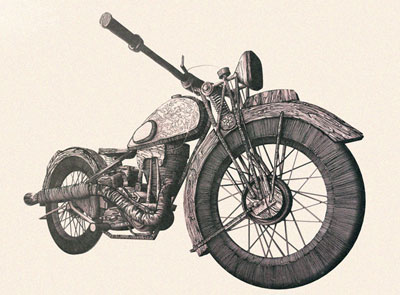
What is your quest in design, from a professional practice, education or evolution standpoint?
I’ve taken several detours and roads in my life to get to where I am right now. By no means do I consider this the final destination, I already see more paths branching out in front of me that I am excited to take. My quest is to stay inspired and motivated.
Previous: Mallory Baches | Next: Sarah Dayan
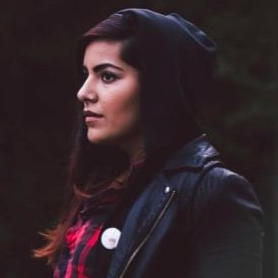
Support Design Feast via Patreon
This self-made project and its related efforts constitute a gracious obsession. The intention is to give a wholehearted and timely serving—as much as possible—of creative culture. If you gain a level of motivation, knowledge, even delight, from the hundreds of interviews plus write-ups here at Design Feast, and are able to contribute, please become a Patron with a recurring monthly donation. Thank you for your consideration!
Stay healthy and keep creating throughout the year!
Wishing you much success,
Nate Burgos, Content Creator & Publisher
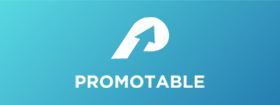
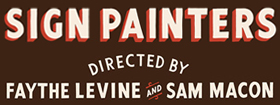
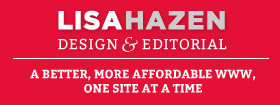
Comments
There are no comments yet.
Leave Your Comment